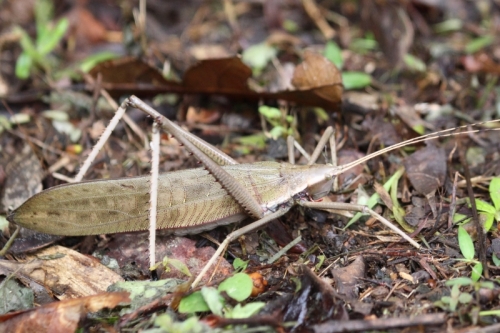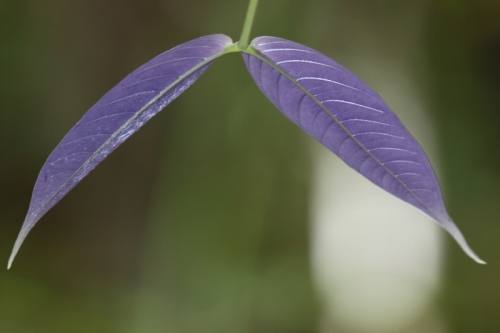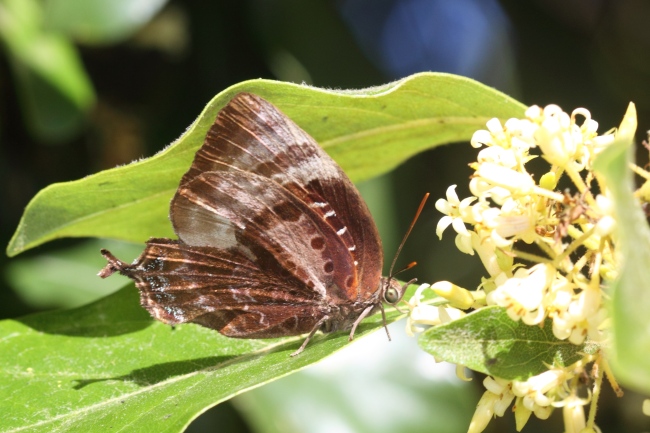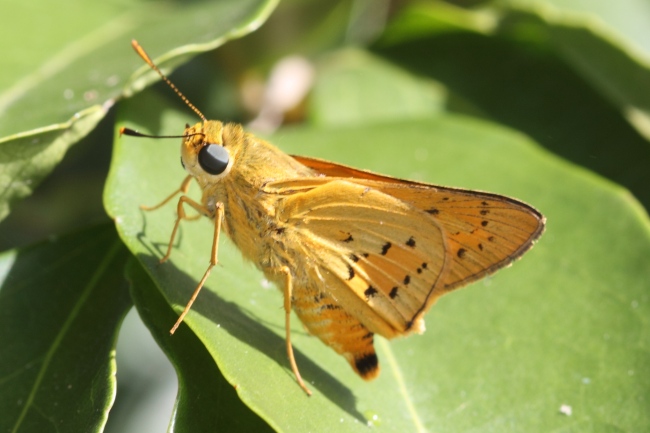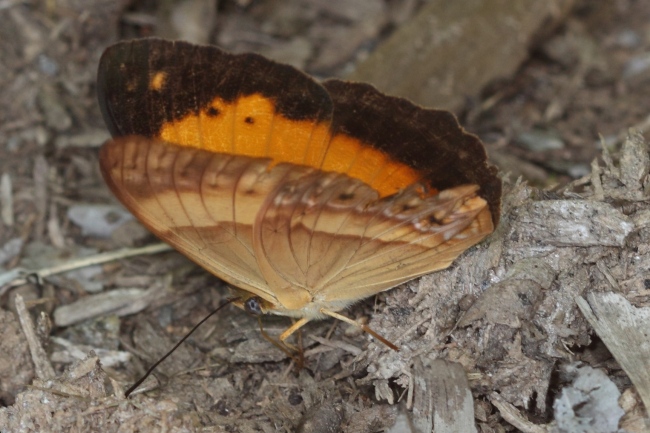Posted in Caterpillar, Life Cycle, Nature, Pacific Adventist University, Papua New Guinea, PAU, Photography, PNG, tagged Butterfly, Caterpillar, Natural History, Nature, Papua New Guinea, Photography on September 1, 2012|
Leave a Comment »
Taenaris myops is a large colourful Nymphalid butterfly found throughout Papua New Guinea and recently described (2010) from the Australian territory of Dauan Island in the Torres Strait. Michael Parsons in Butterflies of Papua New Guinea:their systematics and biology, lists as “rare generally, but…occasional to common locally” (p537). I found some third instar larvae which I collected and followed through the life cycle. the life cycle has been described before but it was still an interesting exercise. The larvae are gregarious and the group I collected numbered 15. They feed on various palm trees and have also been recorded from banana plants. This particular group was feeding on an as-yet-unidentified palm in remnant scrub on the Pacific Adventist University campus on the 28th of June, 2012. These specimens are thought to be of the kirschi subspecies – one of four subspecies in Papua New Guinea.

Third instar Taenaris myops kirschi larvae on palm leaf.

Detail of third instar Taenaris myops kirschi larvae.

Further detail of fourth instar Taenaris myops kirschi larvae.

Fifth (final) instar Taenaris myops kirschi larvae.

Close-up of the head of a fifth (final) instar Taenaris myops kirschi larva. I only kept five of the final instars to pupate as I was going away and all five successfully did so.

Pupa of Taenaris myops kirschi about to eclose. (The larvae pupated while I was away and did so in fairly inconvenient places – this one was under my desk!)

Upperside of Taenaris myops kirschi adult.

Underside of Taenaris myops kirschi adult.
Read Full Post »

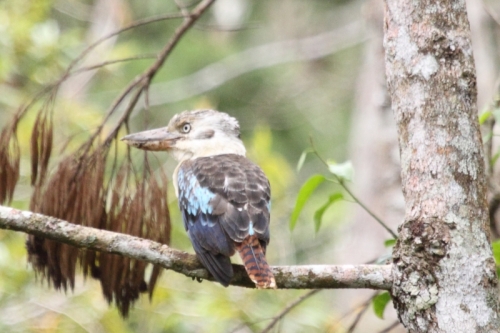
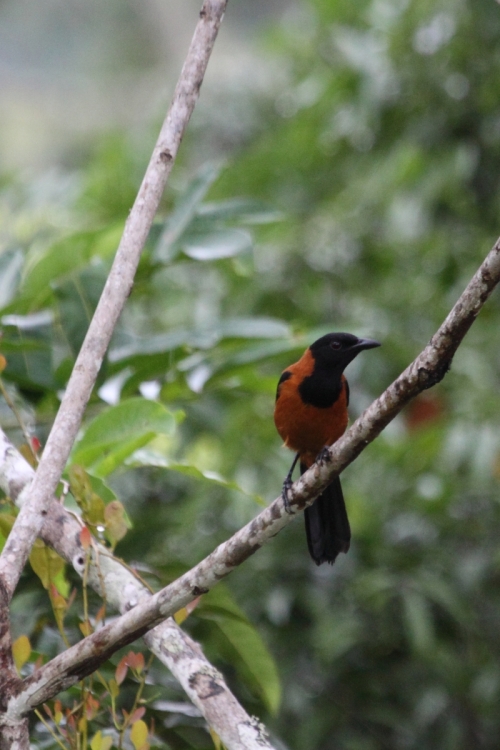
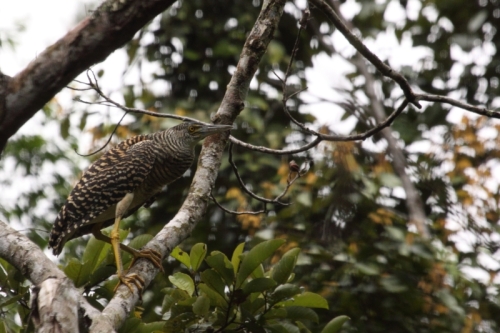
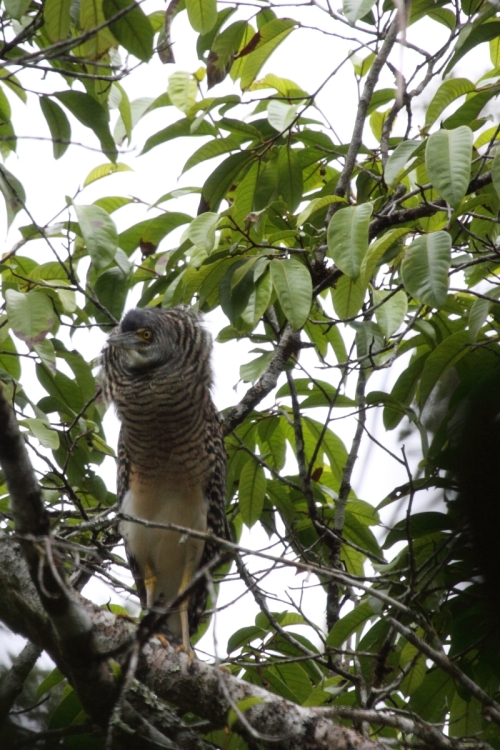
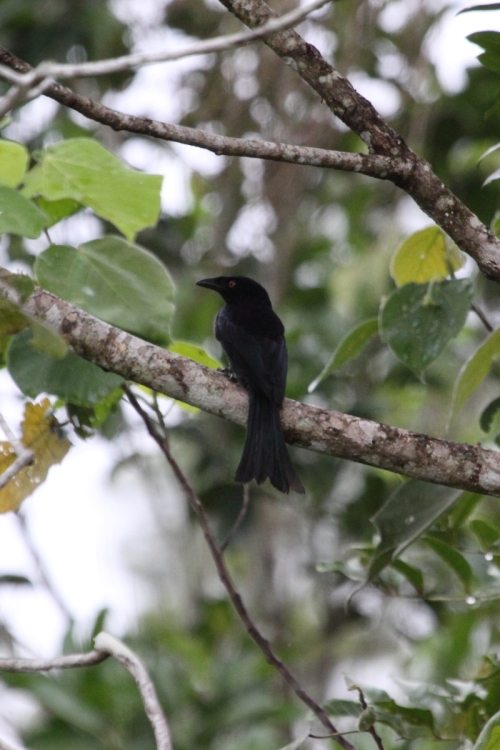
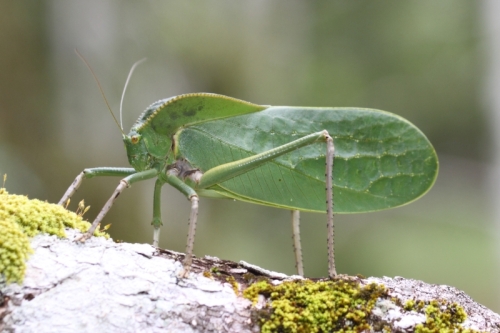 An unidentified Katydid. It was huge – 15+cm in length.
An unidentified Katydid. It was huge – 15+cm in length.